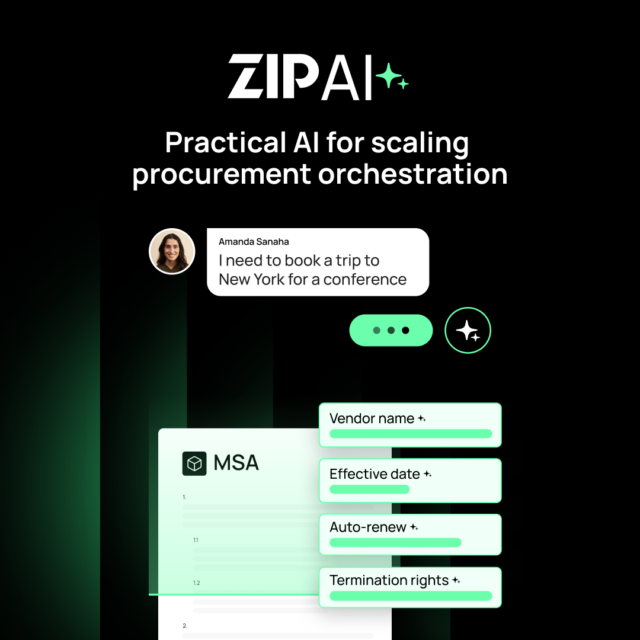In many ways, procurement and marketing sit at opposite ends of the value chain. Despite being ostensibly different philosophically and in terms of their impact on a product travelling along the value chain, collaboration between procurement and marketing functions is more important to the success of the overall business than many people realise.
The damage caused by a procurement-marketing disconnect can be quite serious. When procurement and marketing operate in their own siloes, for example, the customer can end up empty handed. For example, a car company launches a new vehicle to great excitement and demand. However, they didn’t anticipate that demand would be so high. As a result, there aren’t enough units ready to sell. The company doesn’t even have enough parts available to ramp up production to meet demand. As a result, customers are dissatisfied. The automaker has damaged their brand and lost revenue.
As noted by Al Girardi, GVP, Marketing & CMO of GEP, the relationship between marketing and procurement functions is “symbiotic,” even if it isn’t obvious. “A stronger connection between marketing and supply chains will not just better satisfy customer demand but will also ultimately bolster brand loyalty.”
The benefits of bringing marketing and procurement together
There are plenty of different ways that closer working relationships between supply chain operators, procurement teams, and marketing departments can avoid unexpected pain points. A more collaborative approach can also create new instances of competitive advantage.
Girardi highlights the shifting of promotional dollars to avoid overinflating demand for a product that’s experiencing a logistical delay as one way to harness marketing to alleviate supply chain pain points. He also notes that, if marketing is aware of the cost of certain materials, it can outmanoeuvre competitors by strategically increasing competition and prices, potentially, forcing the competition into a price war. “The competition may have no choice but to accept a loss leader status as it tries to overcome its supply chain limitations,” he adds.
Working in harmony, marketing and the supply chain create real competitive advantage for an organisation. However, achieving this state of affairs isn’t always simple.
Connecting marketing to the supply chain
Friction between marketing and procurement teams stems from a number of factors. First, there exists the simple fact that these functions have traditionally operated in siloes apart from one another. Because one may not have prior experience talking to the other, communications strategies may be lacking. There may likely be cultural clash. This is then exacerbated by the fact that marketers and procurement teams are motivated by different versions of the same thing.
“Marketers—driven by consumer trends and brand promotion—often find themselves operating in a vacuum, detached from the financial implications of their strategies,” Girardi writes. “Procurement and supply chain leaders are charged with minimising costs across a complex, multi-tier and multi-geography value chain comprising hundreds and thousands of suppliers, not infrequently with little awareness of consumer or marketplace trends.”
However, if the two can work in tandem, the results can be undeniable.
Ideally, marketing departments use their understanding of market trends and consumer demand to furnish procurement with better data and intelligence. Procurement then uses this data to work alongside the marketing department in order to improve production and distribution schedules, along with other critical metrics for success.
The potential benefits are huge, as are the risks for many organisations should their marketing and procurement functions remain siloed. “Today, agility and adaptability are essential to survival in the commercial world,” notes Girardi. The philosophical and historical gaps between marketing, procurement and supply chain teams not only erode profitability but also reduce an organisation’s competitiveness. He warns: “inertia here is a sure path to eclipse, irrelevance and collapse.”











